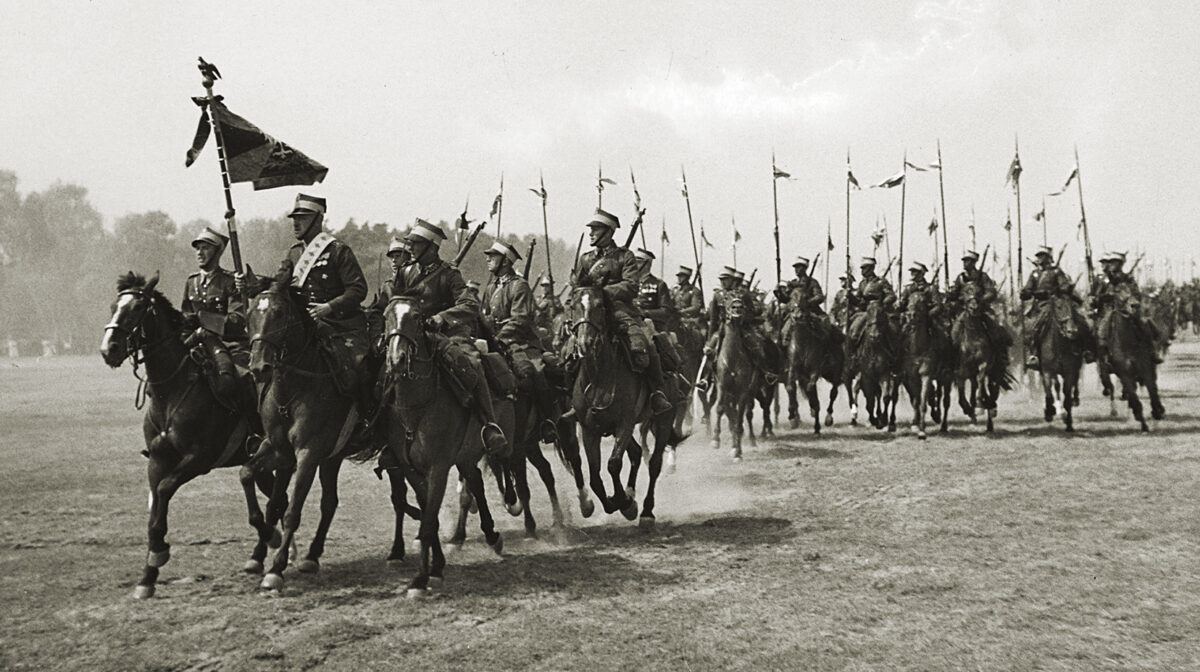An oft-repeated legend of World War II centers on the charge at Krojanty, on Sept. 1, 1939 — the first day of World War II — an action in which Polish troops on horseback dispersed a German infantry battalion with an old-fashioned cavalry charge.
The story was later twisted by Nazi propaganda to imply the 18th Pomeranian Uhlan lancers had foolishly charged a group of panzers. While an enduring myth, the Polish horsemen were indeed defeated soundly when a group of German armored vehicles fitted with machine guns counterattacked, and Poland itself lasted barely a month in the war as an independent state.
The Germans held a grudge against Polish cavalry stretching back more than five centuries to the 1410 Battle of Grunwald, in which allied Polish and Lithuanian cavalry thrashed the vaunted knights of the Teutonic Order. Propaganda at the outset of World War II lauded the Teutons as benevolent invaders and the Wehrmacht as their natural successor, there to finish the job. To cast Polish lancers tilting at German tanks was to paint the opposition as being stuck in the past, having made no progress since Grunwald.
In fact, Polish cavalry had spent the intervening half millennium leading the way in European mounted warfare. Emerging in the 16th century, the iconic winged hussars formed the vanguard of the Polish-Lithuanian Commonwealth army. In contrast to the buffoonish hussar Bogdan from the 2023 Netflix “mockumentary” 1670, actual winged hussars were among the world’s best-trained and -organized cavalry. Defying the odds, they prevailed at such lopsided battles as Kircholm (1605) and Lwów (1675).
By the Napoléonic era Polish cavalry units had discarded their elaborate feathered wings and heavy plate armor in favor of updated sabers and uniforms, but they remained fearsome. During the Peninsular War and the invasion of Russia, Napoléon made effective use of the allied Polish uhlans in his army. Polish cavalry again clashed with Russian counterparts to great success during the 1918–21 Polish-Soviet War.
Despite such past triumphs against Germany and Russia, each of the latter made quick work of a diminished Poland in World War II. Their defeat at home didn’t mark Poles’ exit from the war, however. The Polish Armed Forces reconstituted in the United Kingdom, reaching more than 200,000 strong by war’s end. Polish soldiers proved heroic during the Italian campaign, while Polish airmen were disproportionately successful during the Battle of Britain. Meanwhile, an underground government and network of spies back home provided vital resistance and intelligence. Whether mounted or not, Poles proved vital to victory in Europe, though not until 1989 would they regain their own independence.

